The consequences of Ukraine’s attack on strategic bombers may extend far beyond the current boundaries of the Russia–Ukraine war. According to Balint Somkuti, multiple aspects of the high-risk operation suggest potential Western involvement. While the Ukrainian drones themselves are not unprecedented, the selection of targets, the timing of the strike, and the financial resources required all point to broader support. A Russian response is inevitable—it remains to be seen how far Moscow will go, and how the world will react.
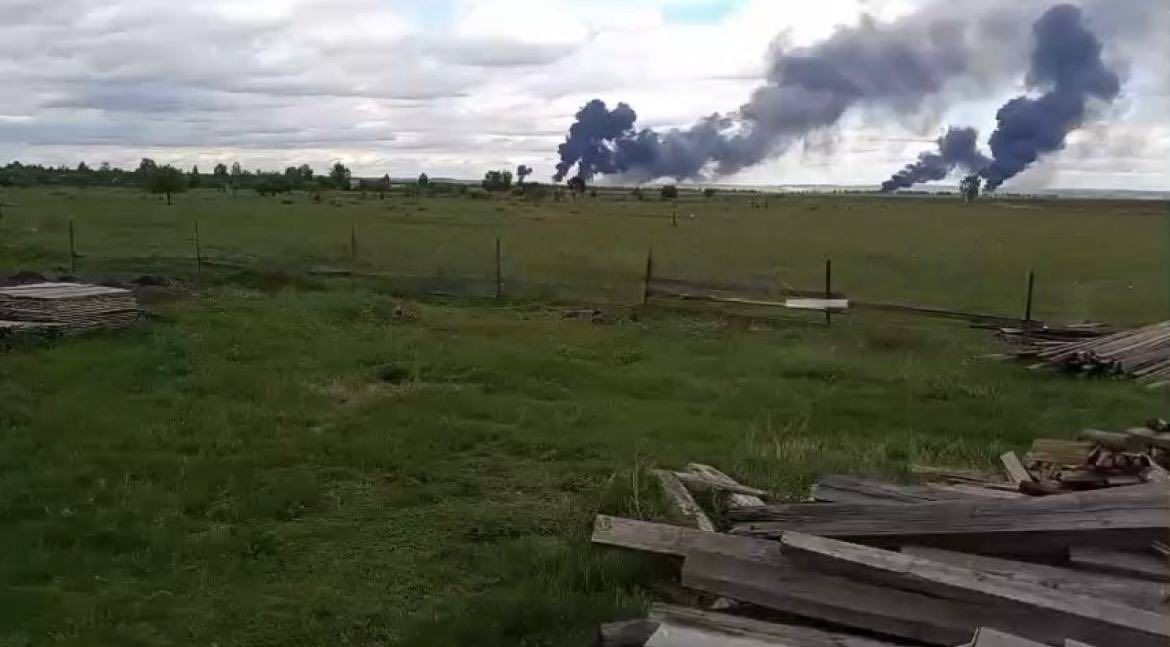



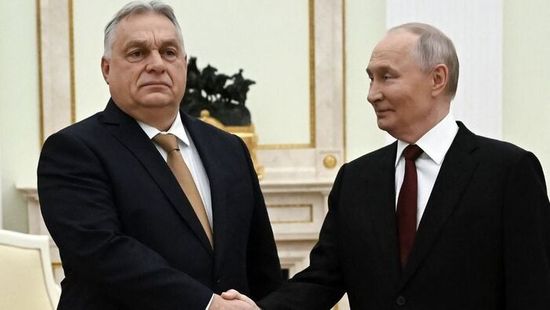
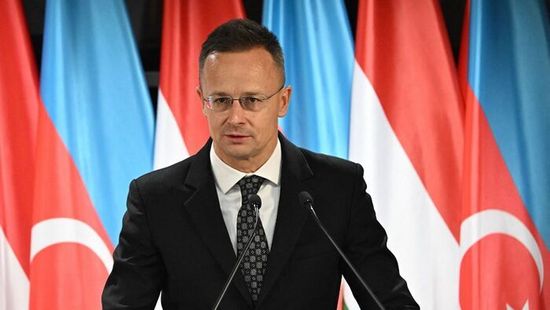

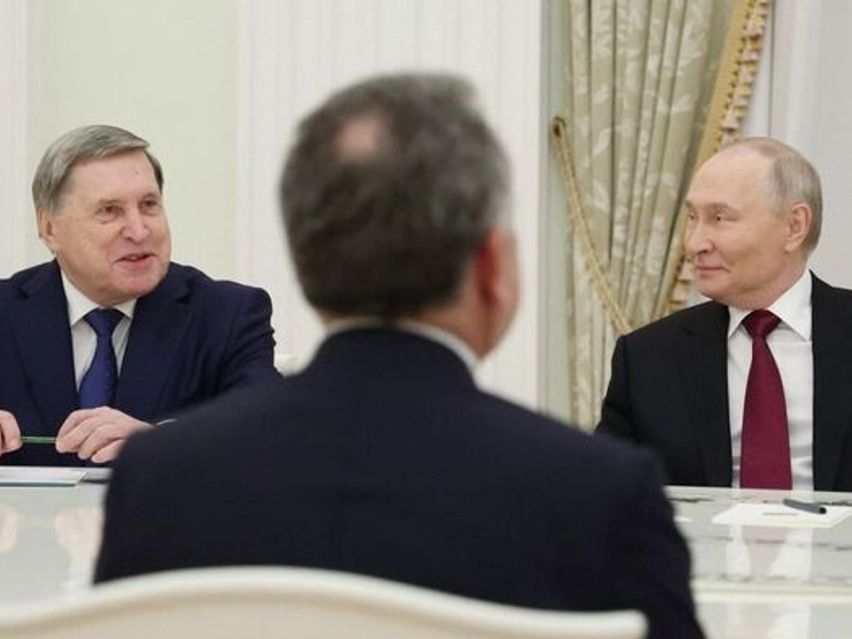


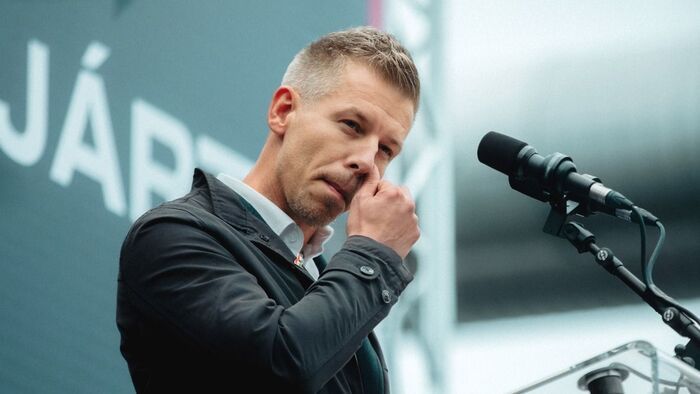






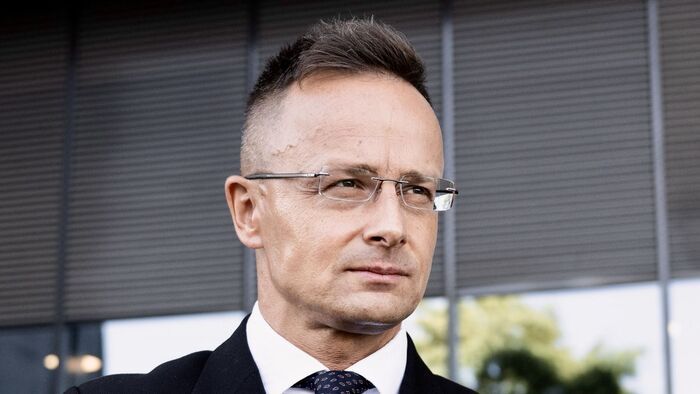





Szóljon hozzá!
Jelenleg csak a hozzászólások egy kis részét látja. Hozzászóláshoz és a további kommentek megtekintéséhez lépjen be, vagy regisztráljon!